Image Archive

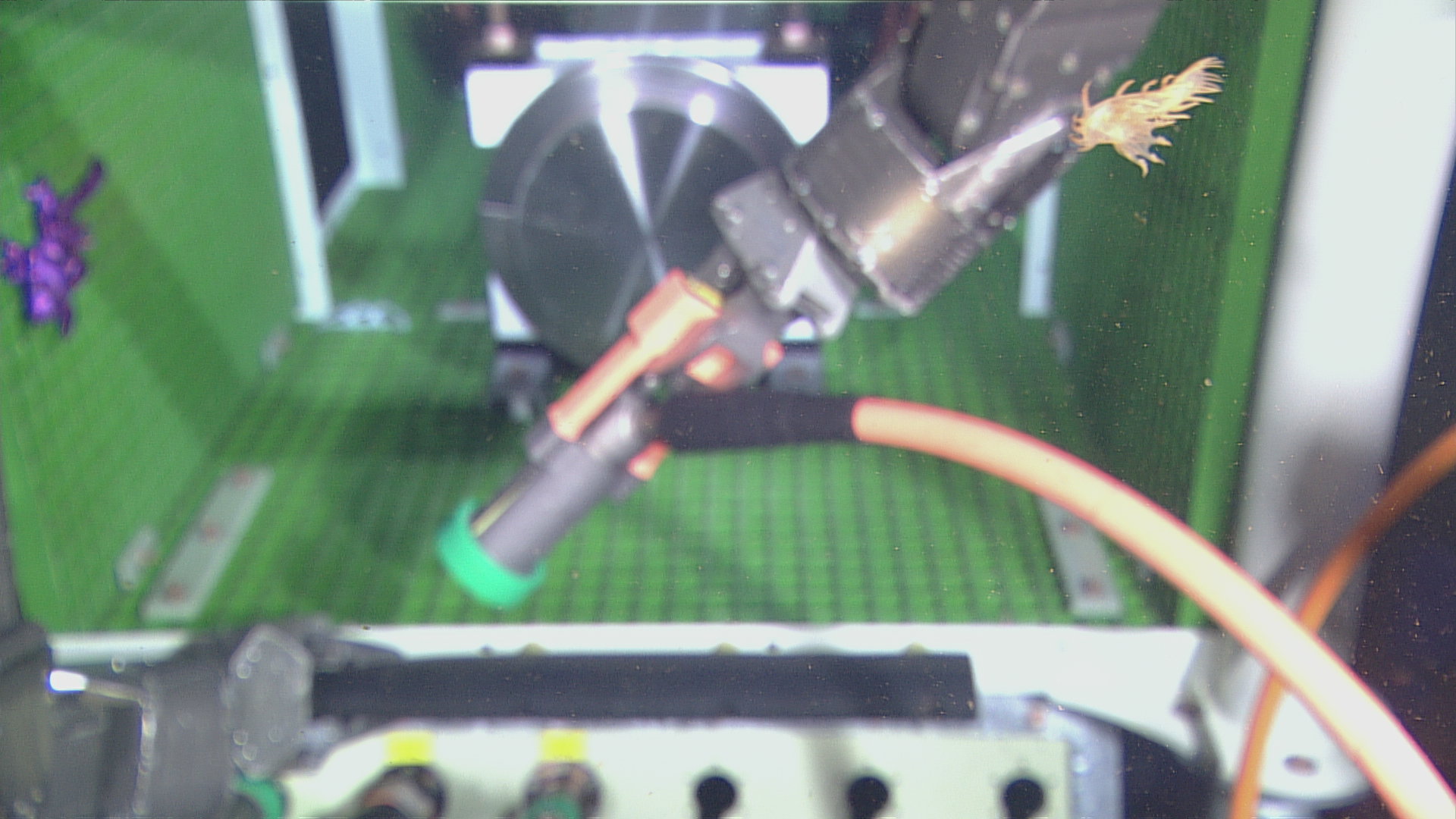

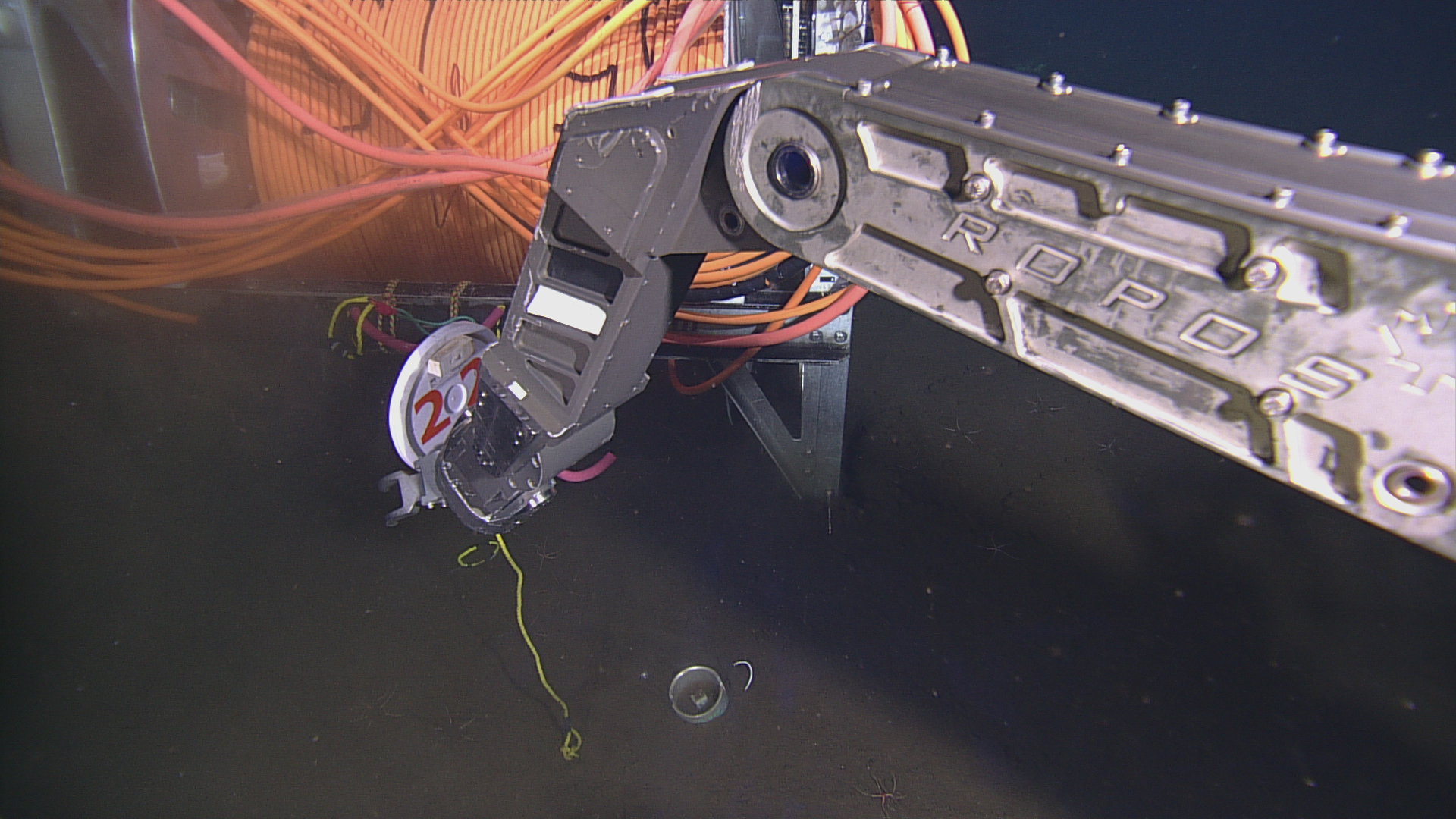
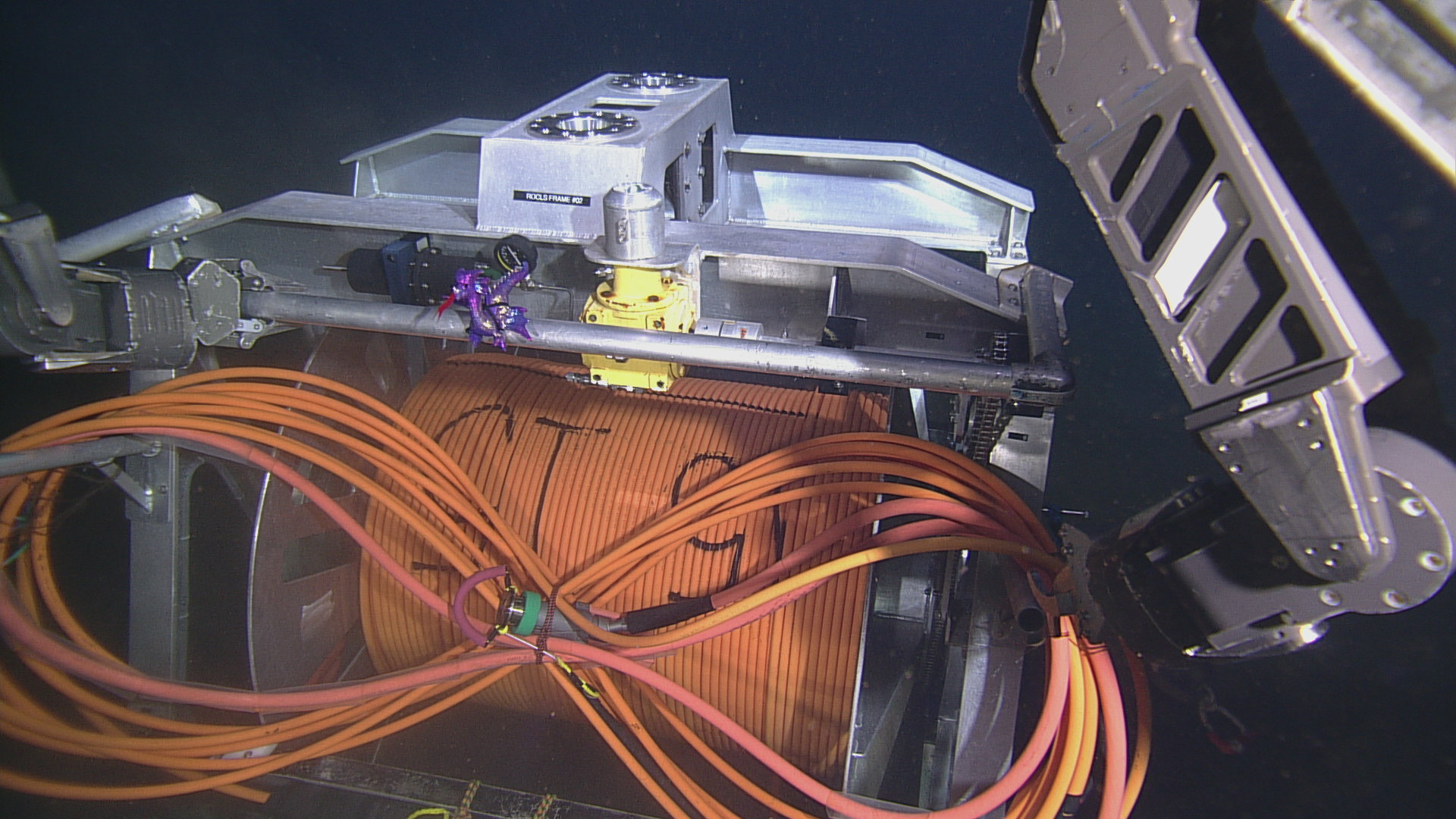









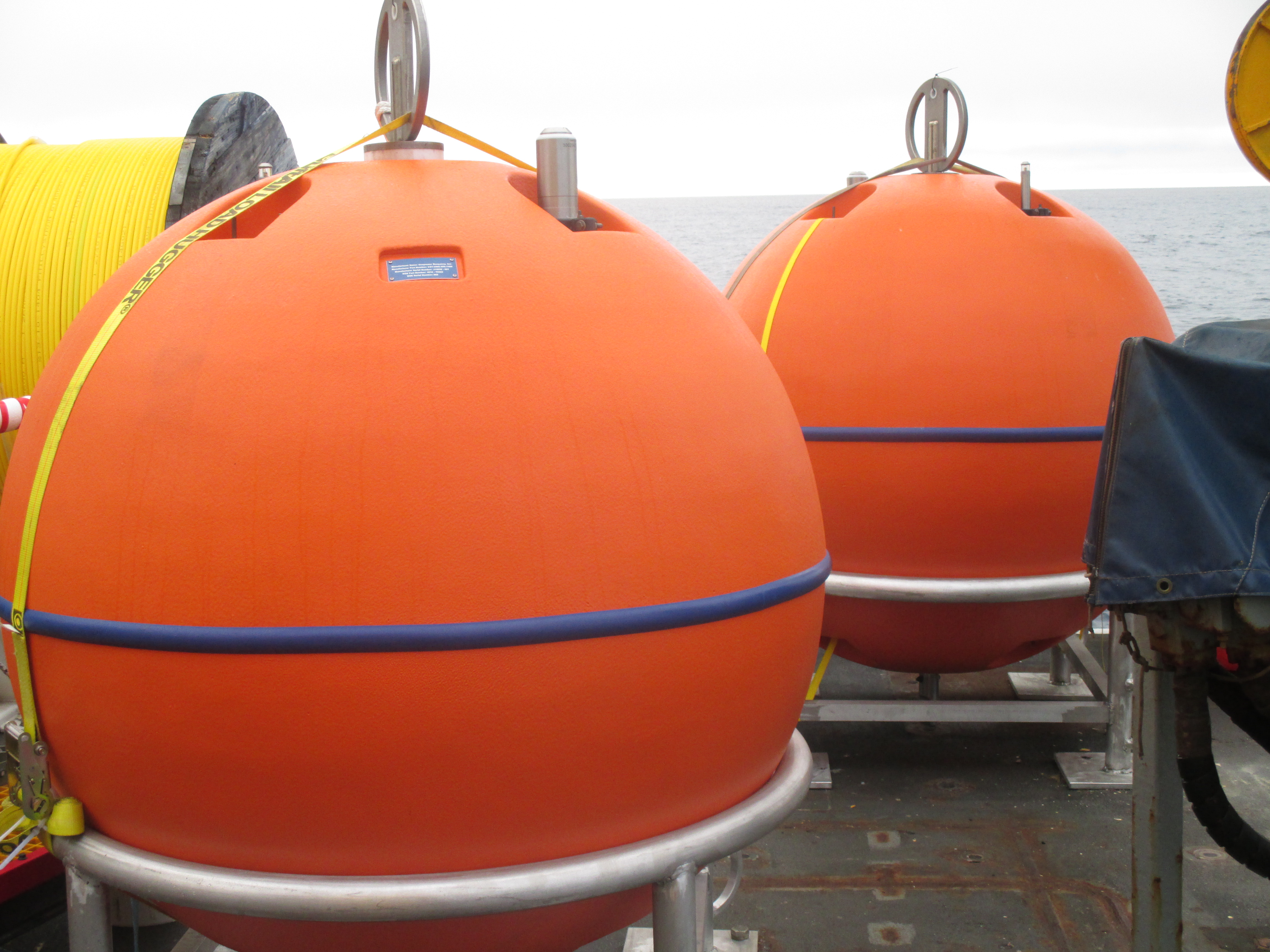



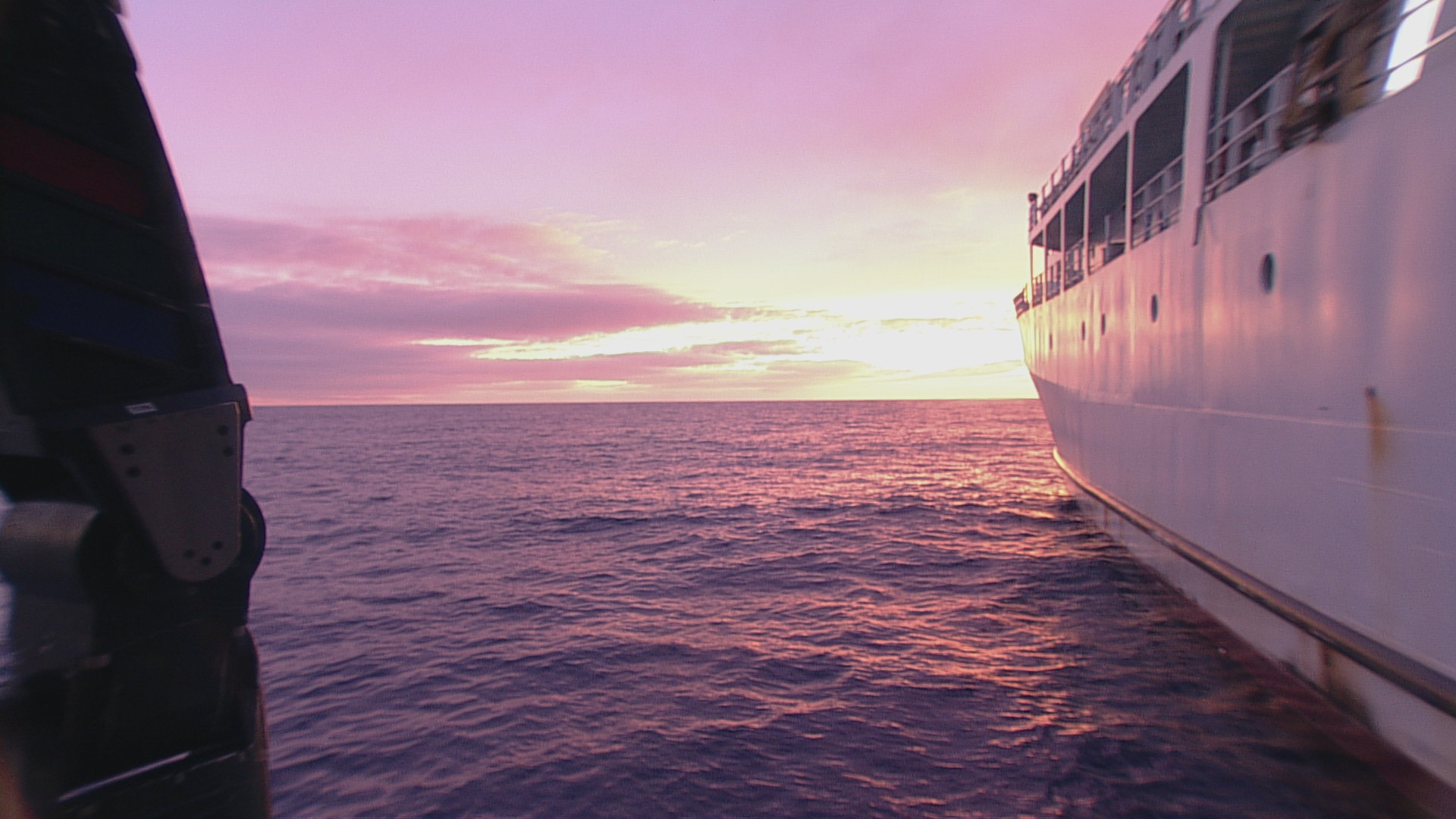


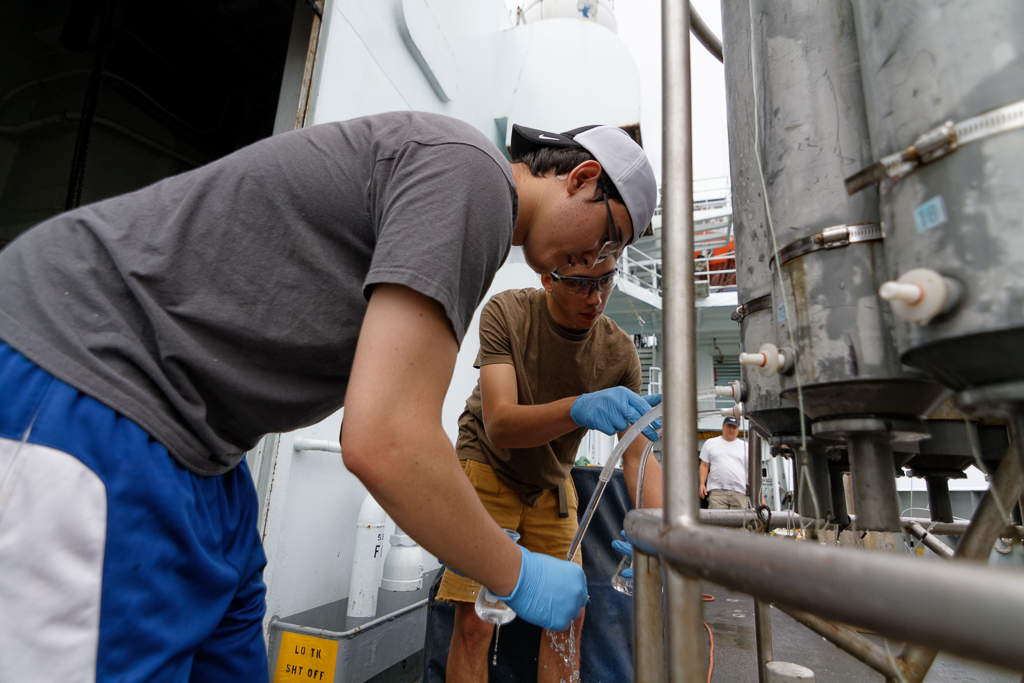







The P1 end of extension cable AXVMW4 plugged into LV03A at Axial Base. Photo Credit: NSF-OOI/UW/CSSF, Dive 1737, V14

A swimming sea cucumber floating by ROPOS as it prepares to plug AXVMW4 into LV03A at Axial Base. Photo Credit: NSF-OOI/UW/CSSF, Dive 1737, V14

ROPOS removing the protective cap from the P1 end of extensions cable AXVMW4, prior to plugging it into low-voltage node LV03A at Axial Base. Photo Credit: NSF-OOI/UW/CSSF, Dive 1737, V14

Removing Marker #22 from the seafloor at Axial Base, prior to laying cable AXVMW4. Photo Credit: NSF-OOI/UW/CSSF, Dive 1737, V14

ROPOS removing the bungee cords holding the slack cable of AXVMW4 onto the ROCLS sled. Photo Credit: NSF-OOI/UW/CSSF, Dive 1737, V14

A closeup view of a dinner plate jelly seen at Axial Base during dive 1737. Photo Credit: NSF-OOI/UW/CSSF, Dive 1737, V14

A large purple Benthodytes (?) cucumber seen at Axial Base site during a cable lay transect. Photo Credit: NSF-OOI/UW/CSSF, Dive 1736, V14

A large white sea star encountered during a cable laying survey at Axial Base. Photo Credit: NSF-OOI/UW/CSSF, Dive 1736, V14

A soft-bodied echinothuriid sea urchin (in upper right) encountered during the cable lay survey at Axial Base. Photo Credit: NSF-OOI/UW/CSSF, Dive 1736, V14

A burrowing anemone on the seafloor at the Axial Base site. Photo Credit: NSF-OOI/UW/CSSF, Dive 1736, V14

Junction box LJ03A cabled to the low-voltage node LV03A at the Axial Base site. Photo Credit: NSF-OOI/UW/CSSF, Dive 1736, V14

During our cable survey at the Axial Base site we observed a rattail swimming towards a large sea star, near a large aggregation of ophiuroids (brittle stars). Photo Credit: NSF-OOI/UW/CSSF, Dive 1736, V14

A closeup portrait of a big red jellyfish (Tiburonia granrojo) seen during the ascent from the Axial Base site, at 1064 meters. Photo Credit: NSF-OOI/UW/CSSF; Dive 1736; V14.

A close-up portrait of a black rattail fish at the Axial Base site, at 2603 meters depth. Photo Credit: NSF-OOI/UW/CSSF; Dive 1736; V14.

These are the huge buoys that will keep the line taut for the deep sea profiler to go up and down.

ROPOS about to plug junction box LJ03A into low-voltage node LV03A at the Axial Base site. Photo Credit: NSF-OOI/UW/CSSF; Dive 1736; V14.

Several pom pom anemones have found a temporary home in a furrow in the seafloor near the Axial Base site. Photo Credit: NSF-OOI/UW/CSSF; Dive 1736; V14.

A dinner plate jellyfish observed at 1573 m during the descent of dive R1736 at the Axial Base site. Photo Credit: NSF-OOI/UW/CSSF; Dive 1736; V14.

A sunset on 4 August, captured by ROPOS immediately prior to dive R1736, to deploy LJ03A. Photo Credit: NSF-OOI/UW/CSSF; Dive 1736; V14.

Matt using the CTD to take water samples

Isaac inside the 'Gumbi' suit

Ryan working with the CTD

A red jellyfish seen at 2843m, floating in front of ROPOS during the descent to Slope Base. Photo Credit: NSF-OOI/UW/CSSF; Dive R1735; V14

Alex Mitchell-Morton

Kate Cox-Ebert is at Poulsbo Middle School where she is currently teaching Science, Mathematics, and Art.

Madison pointing out to sea!

Madison and Alex brainstorming ideas for their projects.

Rachel working on her student project
- Anemone
- Animal
- Arthropod
- ASHES
- Axial
- Axial Base
- Axial Biology
- Axial Caldera
- Bacteria
- Basalt Lava
- BEP
- Biofouling
- biolgoy
- Biology
- Camds
- Camera
- Camhd
- Central Caldera
- Ciliates
- Cnidaria
- Coastal Biology
- Crab
- Deep Profiler Mooring
- Dive Highlights
- Eastern Caldera
- Echinoderms
- Endurance Array
- Engineering Team
- ENLIGHTEN 10
- Exploratorium
- Fish
- Geology
- HD Camera
- HPIES
- Hydrate Ridge
- Hydrates
- Hydrophone
- Hydrothermal Vents
- Illustration
- Inshore 80 Meters
- Instrument
- International District
- J-BOX
- Jason
- Jellyfish
- Junction Box
- K12
- Lava
- Mollusk
- Moorings
- Nodes
- Nudibranch
- Octopus
- OOI
- Oregon Offshore
- Oregon Offshore 600 m
- Oregon Shelf
- Oregon Slope Base
- People
- PN1B
- PN1D
- Polychaetes
- PPSDN
- Primary Node
- RASFL
- ROCLS
- ROPOS
- ROPOS Dives
- ROV Team
- RV Revelle
- RV Sikuliaq
- RV Thompson
- Salp
- Sample
- SC13
- Science Team
- Sea Cucumber
- Sea Star
- Sea Urchin
- Seafloor
- Seismometer
- Sensors
- Shallow Profiler Mooring
- Shark
- Shipboard
- Shore Station
- Slope Base
- Smoker
- Soft Coral
- Southern Hydrate Ridge
- Sponge
- Squid
- Students
- Students & Guest Participants
- Tmpsf
- Tubeworms
- VISIONS 11 Leg 1
- VISIONS 11 Leg 2
- VISIONS 11 Viewers
- VISIONS 13
- VISIONS 14
- VISIONS 15
- VISIONS 16
- VISIONS 17
- VISIONS 18
- VISIONS 20
- VISIONS 22
- VISIONS 23
- Visualization
